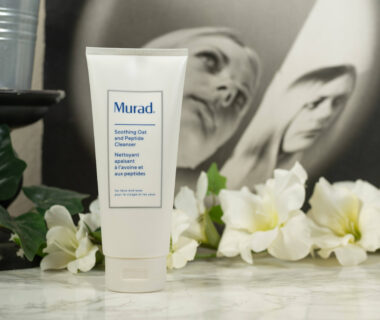ADVERTISEMENT INFO: SOME PRODUCTS MENTIONED IN THIS POST ARE PR (GIFTED) AND LINKS USED ARE AFFILIATE LINKS. I RECEIVED NO MONEY TO WRITE THE BLOGPOST. PLEASE READ DISCLAIMER
Kojic Acid – I mentioned it in my post about the ten best ingredients to fight hyperpigmentation, and because we haven’t done that already, today we will take a closer look at where it comes from, how it works in the skin, what the benefits and risks of using it are and what you should look for when you buy a Kojic Acid product.

If you have tried Kojic Acid yourself, please share your recommendations in the comments below!
Where Kojic Acid comes from
Legend has it that when looking at the hands of Japanese women working in sake production, you would be amazed by how youthful and bright they looked compared to the rest of the person, and that the reason for that was that they handled the fermenting ingredients day in and day out, as sake is made by parallel fermentation.
I have talked about the benefits of fermented ingredients in skincare before (More info: The benefits of fermented ingredients in skincare explained), but didn’t mention Kojic Acid, which is a fermentation byproduct produced by different fungi used in the process.
As it is with most of these ingredients today, it is mostly lab-made now to meet the demand, but some brands still use traditional ferment filtrate as signature ingredient.
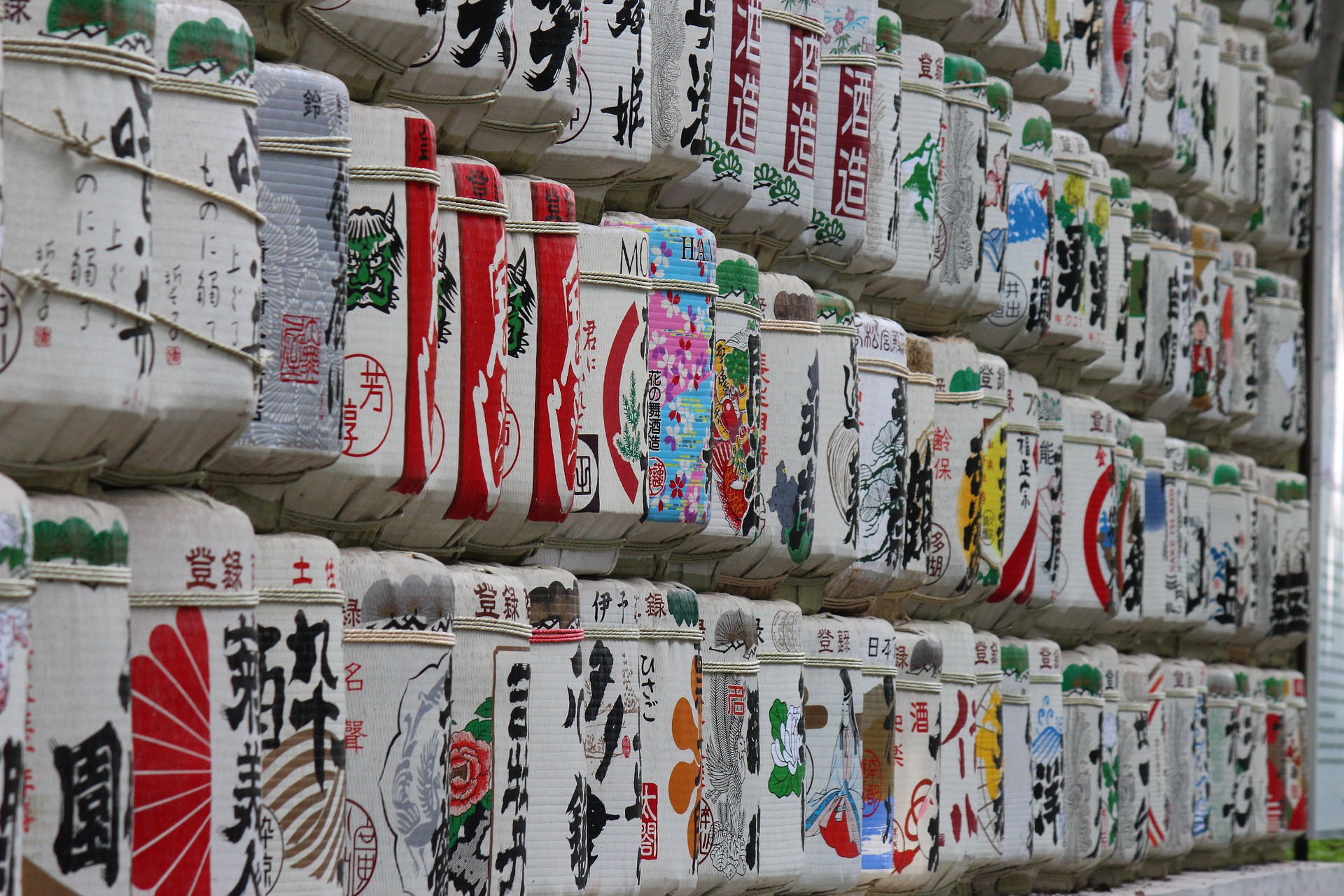
Image by Samuele Schirò from Pixabay
What Kojic Acid does in the skin
Despite being called acid, it is not exfoliating, but instead works as an antioxidant, has antimicrobial and antifungal properties and is skin brightening, so works in lightening hyperpigmentation. (More info: Everything you need to know about the benefits of exfoliating acids in skincare)
When you look at the different ways hyperpigmentation can be targeted, it falls in the category of Tyrosinase-Inhibitors, meaning it hinders the enzyme Tyrosinase in taking the necessary conversion steps to create melanin after being activated by a trigger like UV radiation. There are different ways Tyrosinase can be inhibited, and Kojic Acid does that by being a copper chelator, so by grabbing and binding the copper Tyrosinase needs to work most efficiently. And when no new melanin is produced, the hyper pigmented cells slowly slough off and the new ones underneath are light and bright.

Which results can you expect?
Depending on what you did before to target pigmentation, you can see results as early as two weeks after starting the treatment, but you will need up to three months until you reach what can be considered the final results.
Obviously Kojic Acid is not the one magic bullet that completely evens out your skin tone – in a study done on 204 people with varying forms of hyperpigmentation – think melasma, sun spots or post inflammatory hyperpigmentation – 45% reported moderate improvement and 74% reported slight to moderate improvement. The best results were across all studies achieved when Kojic Acid was used in conjunction with other skin brightening ingredients.
Basically, your hyperpigmentation will not disappear once you start using Kojic Acid in your routine, but it is reasonable to expect to see any dark spots getting lighter.
This is not a permanent effect though, as the melanocytes are not destroyed, just the enzyme blocked – when you stop using it and are exposed to hyperpigmentation triggers, it will reappear.
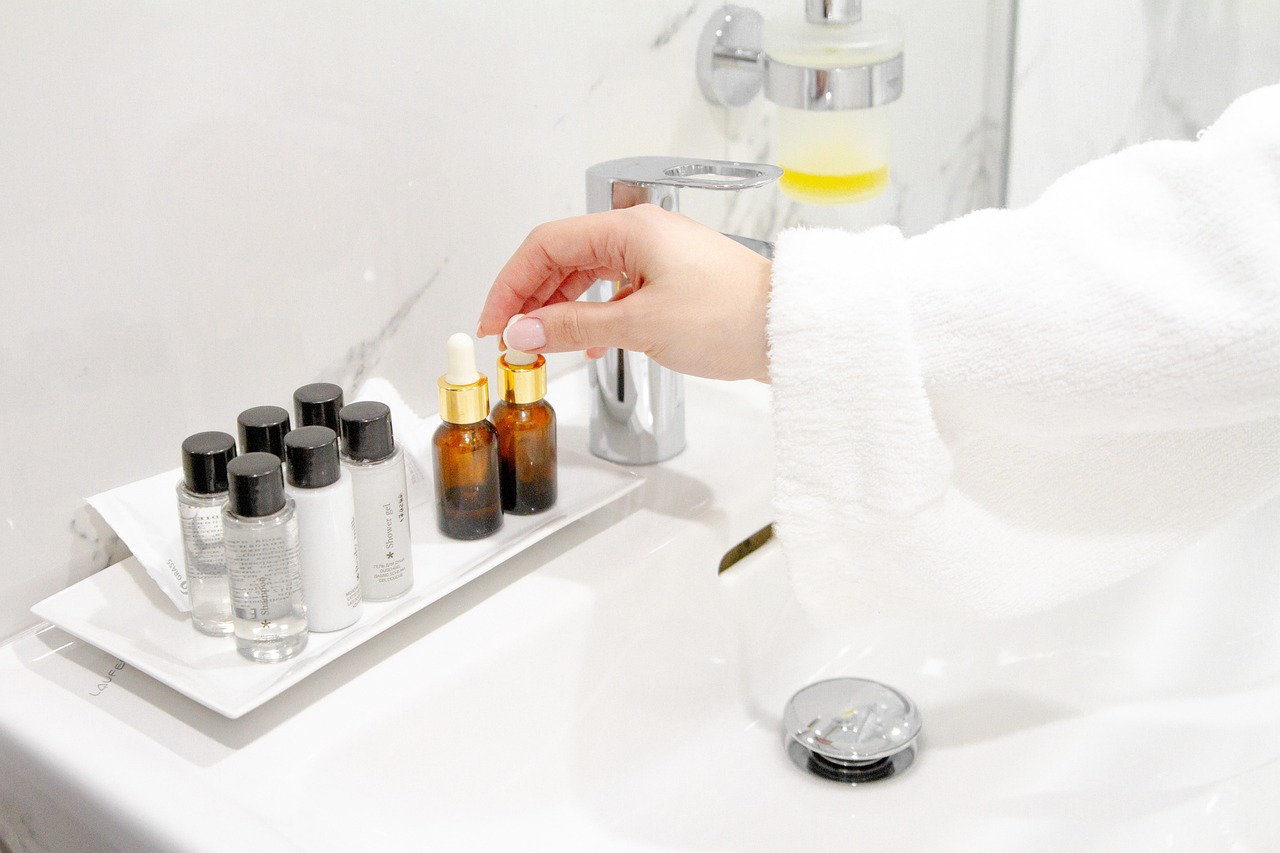
Image by olga volkovitskaia from Pixabay
What are the risks when using Kojic Acid?
The good news is though that Kojic Acid is safe to use longterm though. It does not get absorbed into the blood stream in relevant concentrations, as it isn’t very good at penetrating the skin into the deeper layers, so unlike you have to with Hydroquinone, there is no need to take a break. You can keep using it for the rest of your life. (More info: The benefits of Hydroquinone in skincare explained)
What can happen though is that you develop contact dermatitis to it, meaning a red, itchy rash, especially when you use high concentrations or pair it with other potentially irritating ingredients. The higher the concentration, the more likely you are to see problems, which is why no more than 1% Kojic Acid are approved for use in cosmetics. If you get a prescription from your dermatologist, between 1-4% are possible.

Is Kojic Acid safe to use in pregnancy?
Due to the fact that there are no relevant bloodstream levels with topical application, Kojic Acid is deemed safe to be used in pregnancy. (More info: Which skincare products are safe to use in pregnancy?)
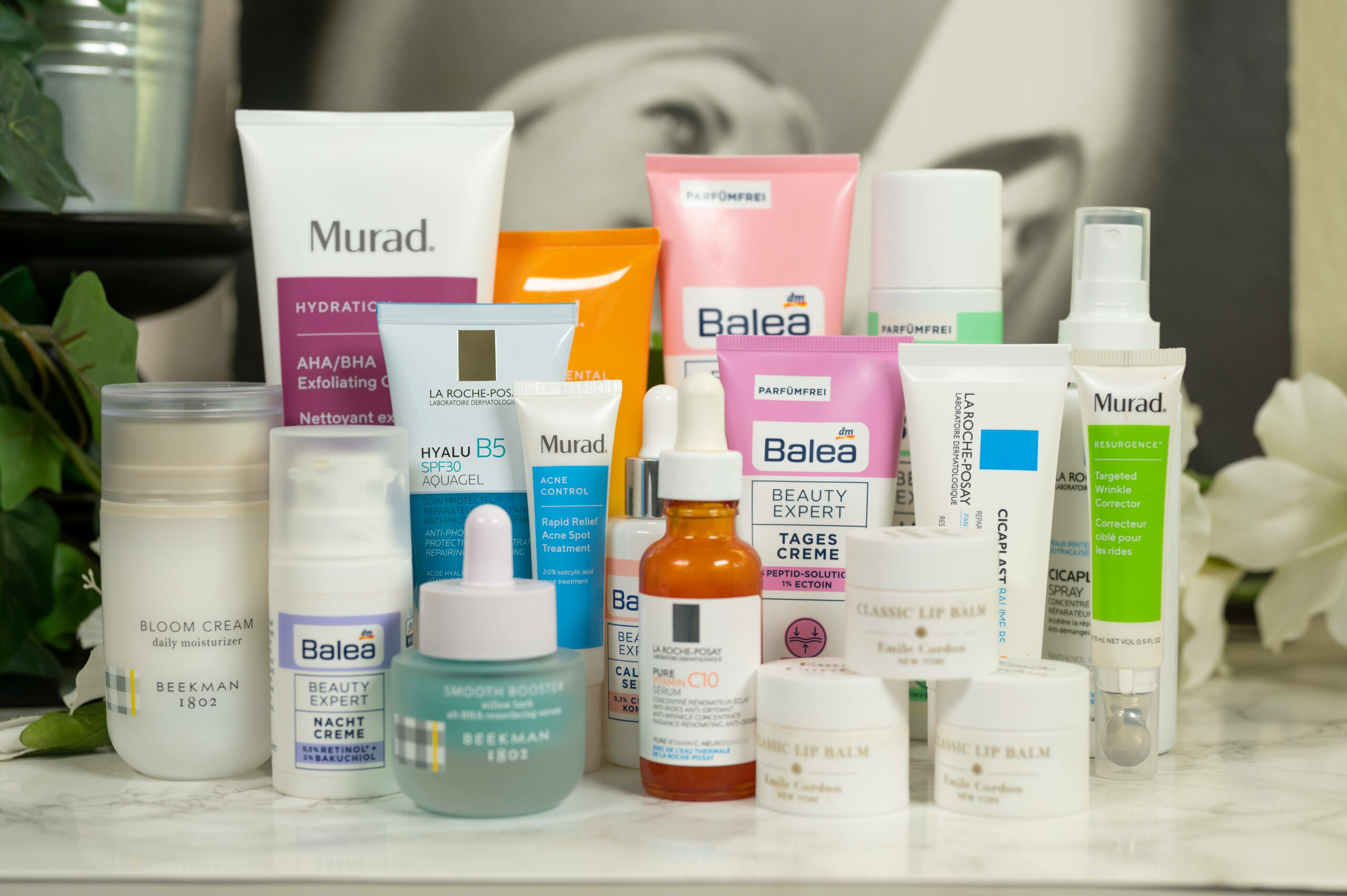
What can I pair Kojic Acid with?
In general, Kojic Acid can be paired with anything if you keep the golden rule in mind that less is always more when it comes to combining different potentially irritating ingredients.
You will often find it in combination with other ingredients to target hyperpigmentation like Vitamin C, Azelaic Acid or, often used in prescription, paired with Hydroquinone. (More info: The benefits of Vitamin C in skincare explained and The benefits of Azelaic Acid in skincare explained) Pairing it with Hydroquinone has the benefit that when you need to go on your Hydroquinone break, you can continue the Kojic Acid for upkeep of results.
Another very promising pairing is with Glycolic Acid, probably due to the fact that the Glycolic helps the pigmented cells shed easier and by exfoliating allows Kojic Acid to penetrate to where it needs to be more easily.
More info: How to layer skincare ingredients the right way

What do I need to look for in skincare products?
Products with Kojic Acid come in various different forms, with Kojic Acid soaps being the thing that pushed the ingredient into the spot light. Although anecdotal reports show great results with these, I personally would opt for a leave-on product if your skin can tolerate it, so a serum or a cream.
Kojic Acid isn’t the most stable and oxidizes when it comes in contact with air and sun light, so the packaging plays an important role too. I will leave some suggestions in the description box.
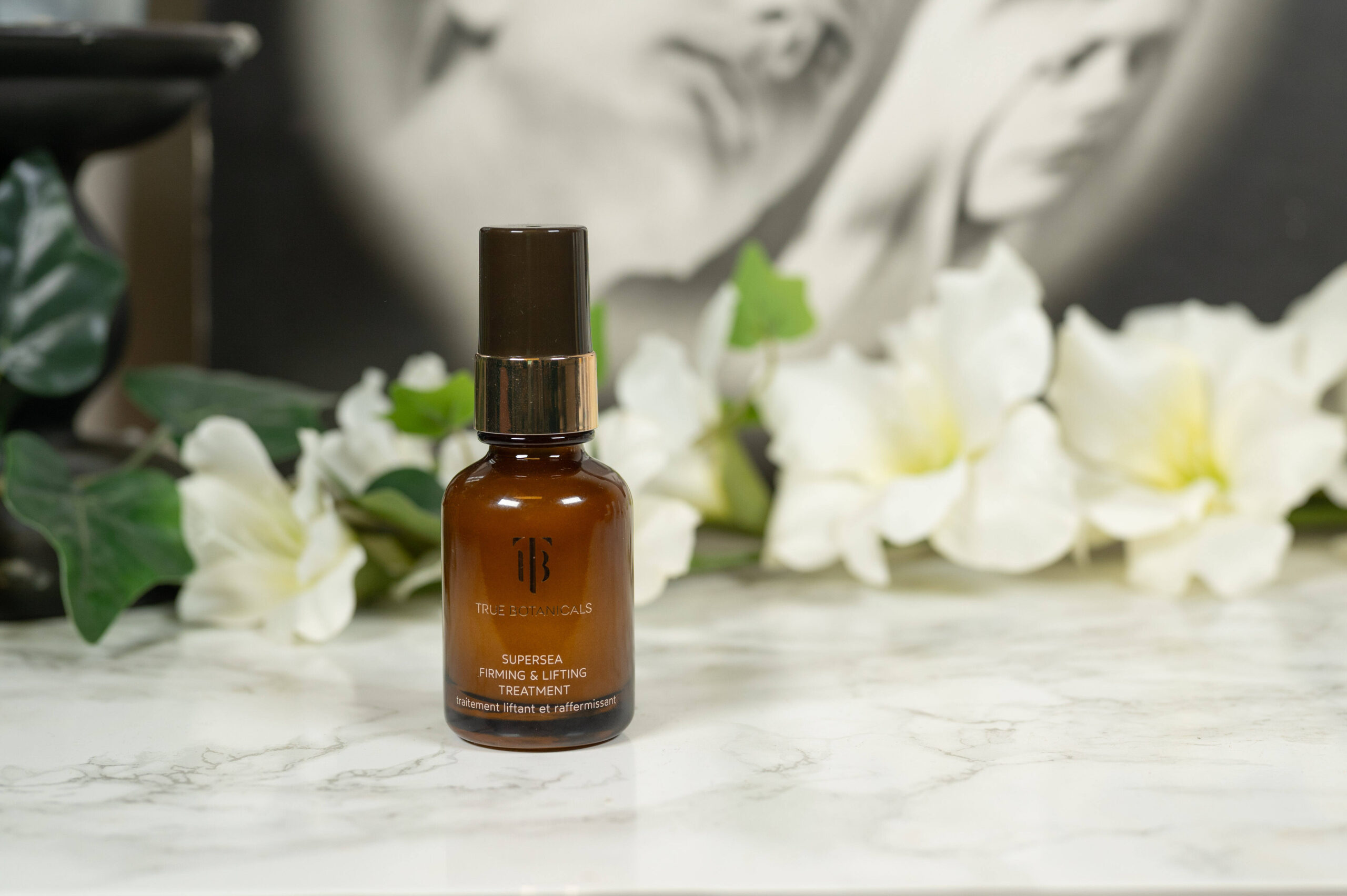
Who is Kojic Acid best for?
As Kojic Acid has antimicrobial and antiinflammatory effects in addition to the skin brightening qualities, it is very well suited for those with acne, especially if they react with post inflammatory hyperpigmentation to breakouts. It is also a good option for those trying to get or being pregnant and for those that for whatever reason can’t or don’t want to use Hydroquinone or retinoids. (More info: The different forms of retinoids explained)
It is often recommended for people with deeper skin tones, as the way it works means it is less likely to cause overall lightening of the skin.

Image by Olya Lolé from Pixabay
TL;DR
Kojic Acid is despite the name not an exfoliating acid, but a skin brightening ingredient that works by inhibiting Tyrosinase, the enzyme needed to produce melanin. In addition it as antioxidant, antiinflammatory and antimicrobial qualities. The use of up to 1% is approved in cosmetics, and with this concentration the risk for adverse effects like contact dermatitis is low. It is safe for long term use and for use in pregnancy and often recommended for ethnic skin as it is unlikely to cause overall lightening of the skin tone.
There are different forms of products, out of which I would opt for leave on over wash off, and you can often find it used in conjunction with other skin brightening ingredients like Hydroquinone and Glycolic Acid.

Sources:
Ebanks, J. P., Wickett, R. R., & Boissy, R. E. (2009). Mechanisms regulating skin pigmentation: the rise and fall of complexion coloration. International Journal of Molecular Sciences, 10(9), 4066–4087. https://doi.org/10.3390/IJMS10094066
CABANES, J., CHAZARRA, S., & GARCIA‐CARMONA, F. (1994). Kojic Acid, a Cosmetic Skin Whitening Agent, is a Slow-binding Inhibitor of Catecholase Activity of Tyrosinase. Journal of Pharmacy and Pharmacology, 46(12), 982–985. https://doi.org/10.1111/J.2042-7158.1994.TB03253.X
Saeedi, M., Eslamifar, M., & Khezri, K. (2018). Kojic acid applications in cosmetic and pharmaceutical preparations. https://doi.org/10.1016/j.biopha.2018.12.006
Shop the post
Don’t forget to check out the Discount Code Page on top if you want to save some money on your next skincare purchase.
If you want to get a vote in the next Ask Doctor Anne Topic, Ingredient Spotlight or product I review, don’t forget you can head over to my Patreon account to get more involved!

